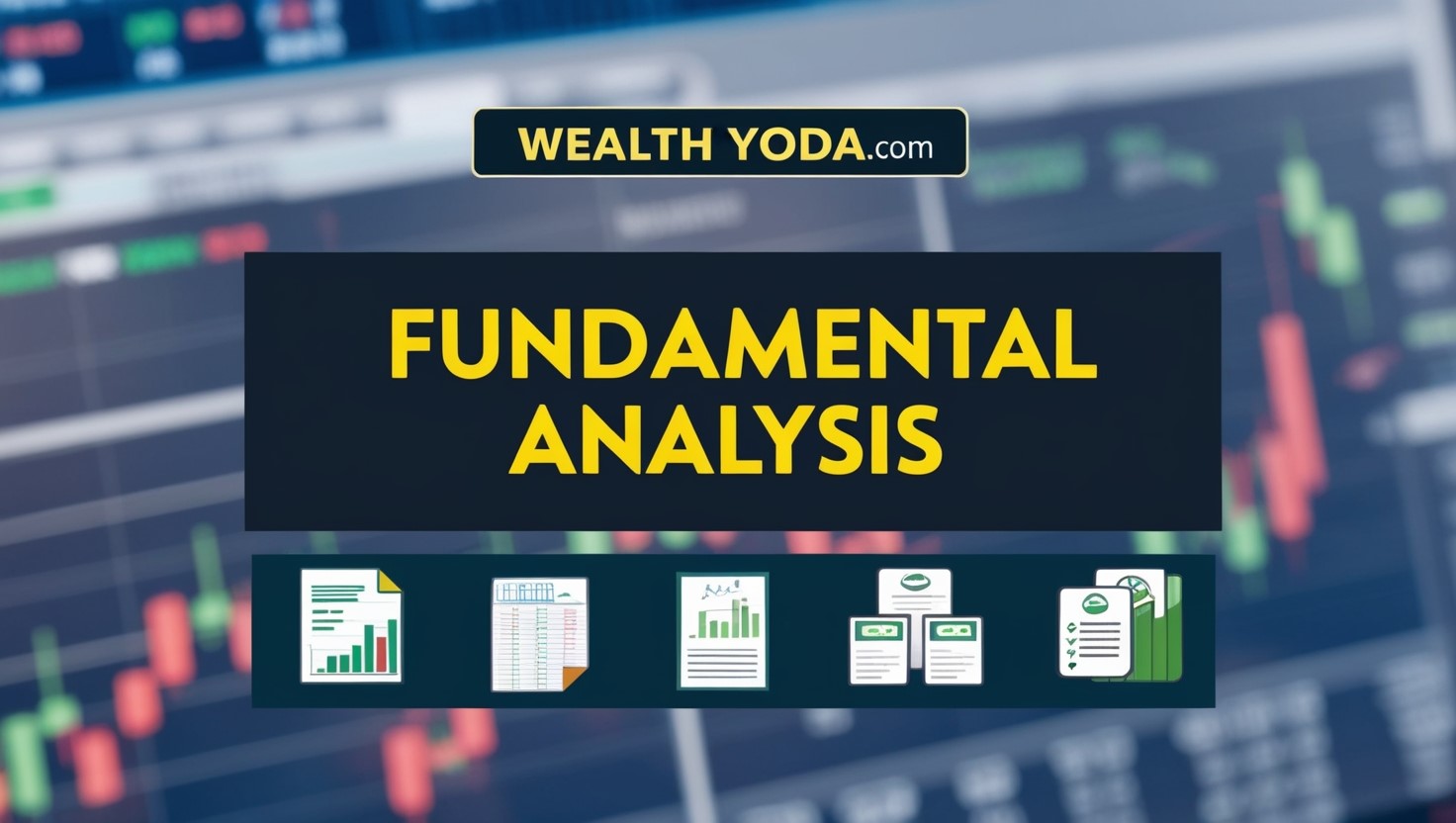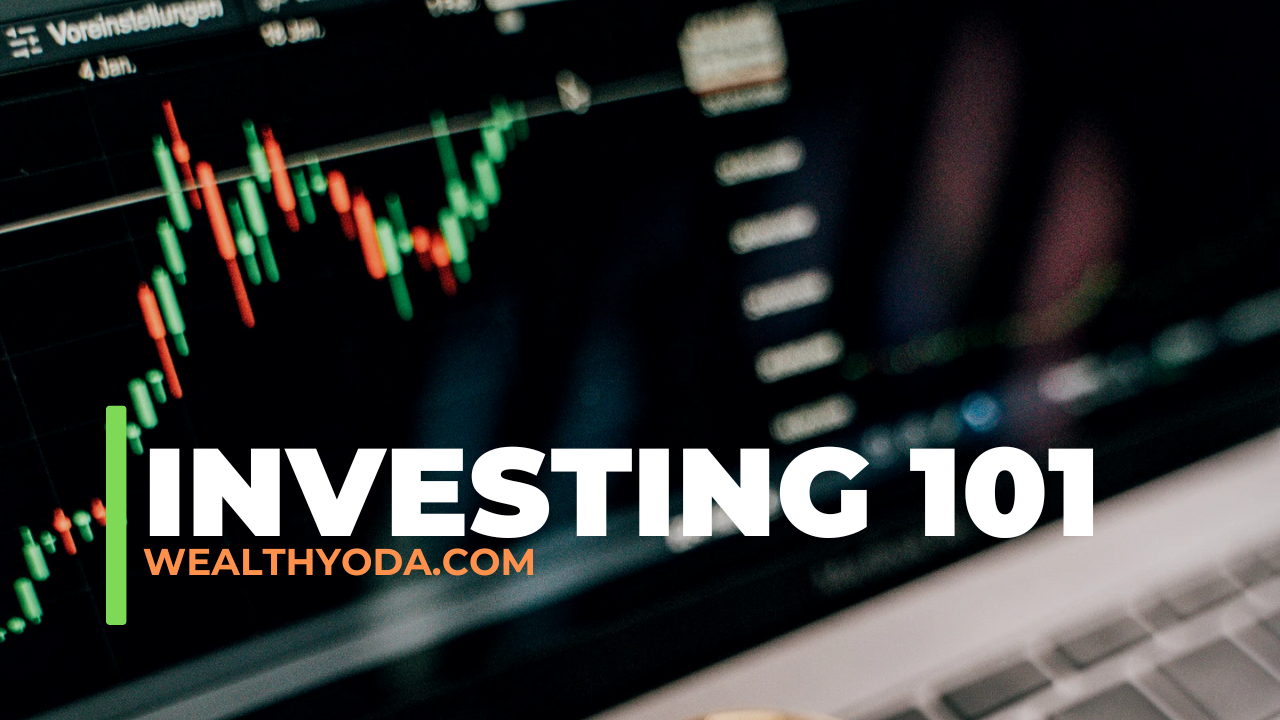Exchange-traded funds (ETFs) have become a staple in modern investment portfolios, offering a unique combination of diversification, flexibility, and transparency. They provide investors with access to a broad range of assets, from traditional stocks and bonds to alternative investments such as commodities and currencies. While this versatility is undoubtedly appealing, it is essential to consider the nuances of ETFs, including their advantages and disadvantages. As investors weigh the benefits of ETFs against their drawbacks, they must carefully evaluate the implications for their investment strategy. But do the benefits truly outweigh the costs?
What is an ETF?
Clarity in investment options is a vital component of making informed financial decisions. One type of investment that has gained significant attention in recent years is the Exchange-Traded Fund (ETF).
An ETF is an open-ended investment fund that is traded on a stock exchange, offering investors the opportunity to diversify their portfolios.
An ETF typically holds a basket of securities, which can include stocks, bonds, commodities, or other assets. By pooling funds from multiple investors, ETFs provide exposure to a broad range of assets, allowing individuals to invest in a specific market segment or asset class with a single trade.
ETFs are designed to track the performance of a particular index, sector, or asset class, offering investors a flexible and efficient way to gain exposure to various markets.
ETFs are listed on major stock exchanges, such as the New York Stock Exchange (NYSE) or the NASDAQ, and can be bought and sold throughout the trading day at market prices. This flexibility allows investors to quickly respond to market changes and adjust their portfolios accordingly.
Advantages of ETFs
Delving into the world of ETFs reveals a multitude of benefits for investors. One of the primary advantages of ETFs is their flexibility and diversification.
By investing in a single ETF, investors can gain exposure to a broad range of assets, sectors, or geographic regions, spreading risk and increasing potential returns. This diversification can be achieved at a lower cost compared to buying individual stocks or other investment products.
ETFs also offer the benefit of transparency, with their holdings disclosed daily, allowing investors to make informed decisions.
Additionally, ETFs can be traded throughout the day, providing liquidity and allowing investors to quickly respond to market changes.
Furthermore, ETFs are often more tax-efficient than other investment products, as they typically have lower turnover rates and do not have to sell securities to meet investor redemptions, resulting in fewer capital gains distributions.
This can lead to significant tax savings for investors.
Moreover, ETFs provide access to a wide range of asset classes, including those that may be difficult or expensive to invest in directly, such as commodities or international markets.
Disadvantages of ETFs
Despite the numerous benefits associated with ETFs, there are several drawbacks that investors should be aware of. One of the primary disadvantages of ETFs is their trading costs.
Unlike mutual funds, ETFs are traded on an exchange, which means investors must pay a commission to buy or sell shares. This can eat into an investor’s returns, particularly if they are making frequent transactions.
- Trading costs can be high, especially for frequent traders
- Lack of control over the timing of capital gains distributions, which can result in tax liabilities
- Counterparty risk associated with certain types of ETFs, such as those that use derivatives or borrow money to amplify returns
In addition to these drawbacks, some ETFs may have a higher expense ratio than mutual funds, which can also erode an investor’s returns over time.
Furthermore, certain types of ETFs, such as those that track alternative asset classes or use complex investment strategies, may be more susceptible to market volatility and other risks.
As with any investment, it is essential to carefully weigh the pros and cons of ETFs before adding them to a portfolio.
How to Choose the Right ETF
Selecting the right ETF can be a daunting task, given the vast array of options available in the market. To navigate this complexity, it is essential to define your investment objectives and risk tolerance.
Identify the asset class, sector, or geographic region you want to invest in, and consider your desired level of diversification.
Next, evaluate the ETF’s underlying index, investment strategy, and holdings. Look for ETFs with a track record of consistent performance, low fees, and minimal tracking error.
Consider the ETF’s liquidity, trading volume, and market capitalization to ensure that it can be easily bought and sold without significantly impacting the market price.
It is also crucial to assess the ETF’s management team, investment process, and risk management strategies.
Review the ETF’s prospectus, annual reports, and other regulatory filings to gain a deeper understanding of its investment approach and potential risks.
By conducting thorough research and analysis, you can make informed decisions and choose the right ETF to achieve your investment goals.
Ultimately, selecting the right ETF requires a combination of technical knowledge, market insight, and investment discipline.
Conclusion
In conclusion, exchange-traded funds offer a unique blend of benefits and drawbacks. On one hand, they provide flexibility, diversification, and transparency, as well as tax efficiency and liquidity. On the other hand, they are accompanied by trading costs, potential tax liabilities, and counterparty risk. Carefully weighing these advantages and disadvantages is essential for making informed investment decisions that align with individual goals and risk tolerance. A well-informed approach enables investors to harness the benefits of ETFs while mitigating their limitations.



